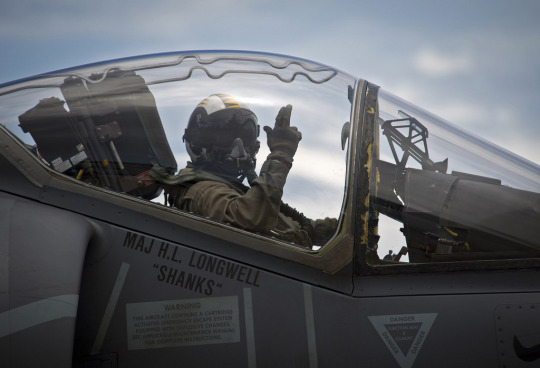Don't wanna be here? Send us removal request.
Text

This photo contains both flight (flat in the foreground) and qualification assembly (upright in the background) versions of the Solar Array Sun Shield for NASA’s Nancy Grace Roman Space Telescope. These panels will both shade the mission’s instruments and power the observatory.
Double Vision: Why Do Spacecraft Have Twin Parts?
Seeing double? You’re looking at our Nancy Grace Roman Space Telescope’s Solar Array Sun Shield laying flat in pieces in the foreground, and its test version connected and standing upright in the back. The Sun shield will do exactly what it sounds like –– shade the observatory –– and also collect sunlight for energy to power Roman.
These solar panels are twins, just like several of Roman’s other major components. Only one set will actually fly in space as part of the Roman spacecraft…so why do we need two?
Sometimes engineers do major tests to simulate launch and space conditions on a spare. That way, they don’t risk damaging the one that will go on the observatory. It also saves time because the team can do all the testing on the spare while building up the flight version. In the Sun shield’s case, that means fitting the flight version with solar cells and eventually getting the panels integrated onto the spacecraft.

Our Nancy Grace Roman Space Telescope's primary structure (also called the spacecraft bus) moves into the big clean room at our Goddard Space Flight Center (top). While engineers integrate other components onto the spacecraft bus in the clean room, the engineering test unit (also called the structural verification unit) undergoes testing in the centrifuge at Goddard. The centrifuge spins space hardware to ensure it will hold up against the forces of launch.
Engineers at our Goddard Space Flight Center recently tested the Solar Array Sun Shield qualification assembly in a thermal vacuum chamber, which simulates the hot and cold temperatures and low-pressure environment that the panels will experience in space. And since the panels will be stowed for launch, the team practiced deploying them in space-like conditions. They passed all the tests with flying colors!
The qualification panels will soon pass the testing baton to the flight version. After the flight Solar Array Sun Shield is installed on the Roman spacecraft, the whole spacecraft will go through lots of testing to ensure it will hold up during launch and perform as expected in space.
For more information about the Roman Space Telescope, visit: www.nasa.gov/roman. You can also virtually tour an interactive version of the telescope here.
Make sure to follow us on Tumblr for your regular dose of space!
1K notes
·
View notes
Photo

Carved Navy Pocketknife, carved on one side “1st MATE.PORTERS GUNBT./TAKEN FROM A YANKEE ON THE/USS HARTFORD/1864” with foliate designs, lg. 3 7/8 in.
78 notes
·
View notes














